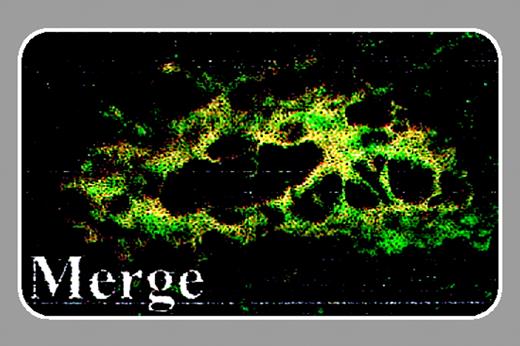HEMOSTASIS, THROMBOSIS, AND VASCULAR BIOLOGY
The notion that endothelial cells are heterogeneous is by no means new. In the 1950s and 1960s, electron microscopic studies demonstrated structural differences between capillaries in different organs and supported a role for the endothelium as a selective barrier to macromolecules. In the early 1970s, Jaffe et al1 and Gimbrone et al2 independently reported the first successful isolation and primary culture of human endothelial cells from the umbilical vein. These seminal findings provided the research community with a powerful new tool for dissecting endothelial cell biology and paved the way for breathtaking advances in the field. Indeed, most of our present-day knowledge about the endothelium—from cell surface receptors to signaling pathways, transcriptional networks, cytoskeleton, and cellular function—is directly attributable to our capacity to study endothelial cells in culture. While the cultured endothelial cell became a focal point for research in vascular biology, increasing evidence was pointing to the highly complex topology of the intact endothelium. In the 1980s, immunohistochemical analyses of the endothelium in various organs revealed differential expression of lectins and antigens in the intact endothelium. In the last 10 years, the use of novel genomic and proteomic techniques has uncovered a large array of site-specific properties of the endothelium.3
Endothelial cell heterogeneity may be explained by site- and/or time-dependent variation either in the extracellular microenvironment (“nurture”) or in epigenetic modification (“nature”). Previous studies in this area have tended to highlight one or the other mechanism; for example, investigations of the blood brain barrier tend to emphasize the role for the microenvironment, whereas studies of arterialvenous identity point more to the importance of epigenetics. In some cases, the interpretation of in vitro data has been confounded by the lack of correlation in vivo.4 In this issue of Blood, Lacorre and colleagues (page 4164) demonstrate that many, but not all, site-specific transcripts of endothelial cells isolated from high endothelial venules (HEVs) of human tonsils are significantly down-regulated between the time of harvest (time 0) and after 2 days of culture. These results support the notion that site-specific phenotypes of the endothelium are regulated by a combination of environmental and mitotically heritable (epigenetic) factors. In other words, some properties become “locked in” (during development and/or in the postnatal period) and are thus uncoupled from ongoing changes in the extracellular compartment, whereas other properties are plastic, marching to the tune of the local microenvironment.
Why are these considerations important? First, plastic (reversible) properties of the endothelium are more likely to be amenable to non–gene-based therapy, compared with their epigenetic counterparts. Thus, a clearer delineation of the “boundaries of flexibility” in various vascular beds may help to refine our therapeutic strategies. As an important corollary, it will be interesting to explore whether loss of plasticity and gain in epigenetic modification are associated with disease and/or aging. Finally, from a practical standpoint, the current study underscores the limitations of studying endothelial cell biology in vitro, particularly as it relates to an elucidation of site-specific properties. Indeed, the cultured endothelial cell is a mere “shadow of its former self” and should be approached with a dose of healthy skepticism.


This feature is available to Subscribers Only
Sign In or Create an Account Close Modal